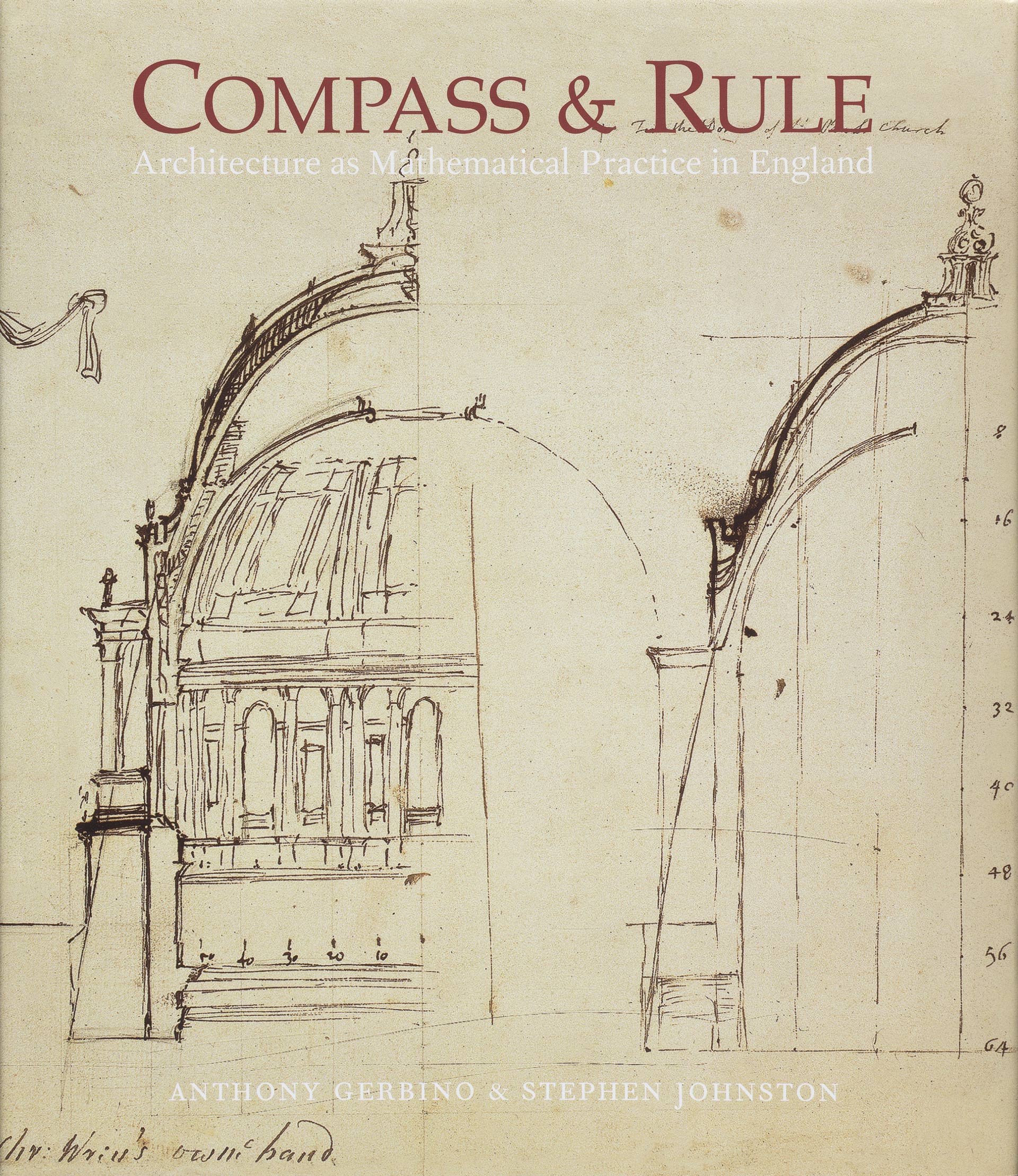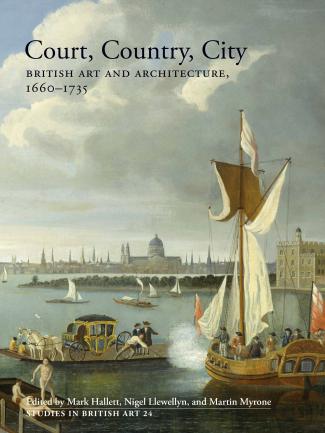Compass and Rule: Architecture as Mathematical Practice in England, 1500–1750

Edited by Anthony Gerbino, Stephen Johnston, with a contribution by Gordon Higgott
Published by the Museum of the History of Science, Oxford
192 pages, 9 x 12 inches, 120 color illustrations, hardcover, ISBN 9780300150933
Publication date: August 25, 2009
Description
The spread of Renaissance culture in England coincided with the birth of architecture as a profession. This new professional identity was based on expertise in the mathematical arts and sciences, which raised its practitioners far above simple builders in social standing and perceived intellectual prowess. Compass and Rule examined the role of mathematics in architectural design and building technology, and the changing role of the architect from 1500 to 1750.
The exhibition explored the innovative concepts of design based on mathematics—geometry in particular—that changed how architects worked and what they built. Identified as a branch of practical mathematics, architecture became at the same time the most artistic of the sciences and the most scientific of the arts.
